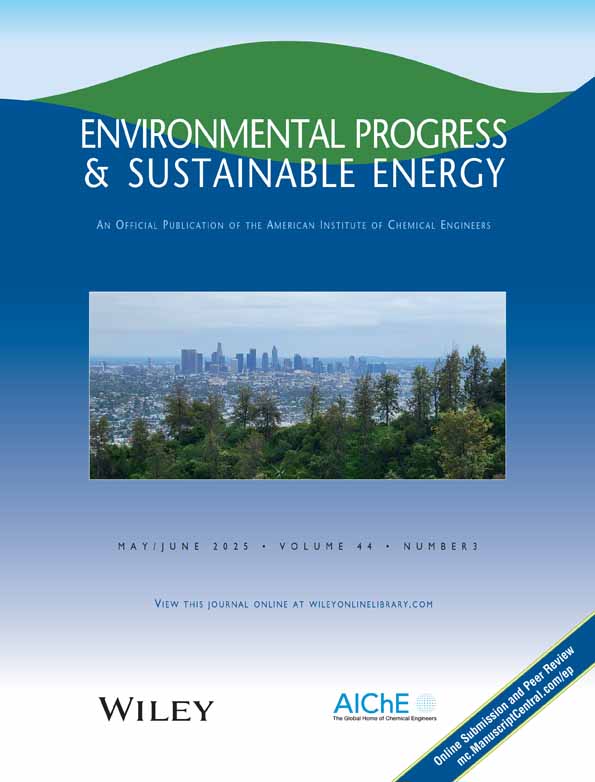Gasification of sewage sludge and other biomass for hydrogen production in supercritical water
Abstract
Digested sewage sludge and other biomass such as wood saw-dust can be mixed with a corn starch gel to form a viscous paste. This paste can be delivered to a supercritical flow reactor by means of a cement pump. Different types of feedstocks are used in this work: sewage sludge (up to 7.69 wt%) mixed in the corn starch paste, poplar wood sawdust (up to 11.46 wt%) mixed in the corn starch paste. When rapidly heated in a flow reactor at pressures above the critical pressure of water (22 MPa) the paste vaporizes. A packed bed of carbon catalyst in the reactor operating at 650°C causes the tarry vapors to react with water, producing hydrogen, carbon dioxide, and some methane with a trace of carbon monoxide. Thus we describe a practical method for the total, supercritical steam reforming of biomass to produce hydrogen at high pressure. The steam reforming process produces effectively no tar. Its only products are a hydrogen rich gas, and a clean water, which can be recycled.




